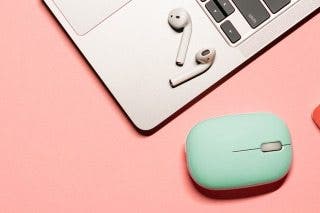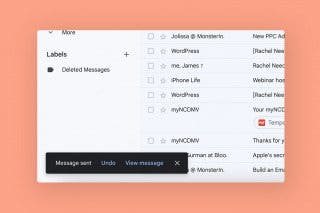iView: Disruption Coming in the Third Age of Smartphones


From the 1950s through the 1970s, I used pen and paper to write, solve math problems, and update my address book and calendar. Starting in 1982, I experienced a new world of possibilities thanks to my personal computer and its word processor, spreadsheet, and database software.
From 1991 through 2007, I carried the pocket-sized HP 200LX, Palm Pilot, or Pocket PC with me for personal computing tasks. In the early 2000s, manufacturers added cellular calling capabilities to existing handhelds, creating the first widely available smartphones. These phones and handhelds remained a niche market since most first-age, stand-alone computing tasks require a full keyboard and screen.
With the 2007 introduction of the easy-to-use, intuitive, designed-from-the-ground-up iPhone, the second age of smartphones began. iPhones and Android devices allowed us to call with audio and video, text, email, surf and search the internet, scroll social media, stream video, take and share photos, plus perform all the first-era computing tasks. The phone's small form factor was ideal for many of these new uses, and the smartphone became ubiquitous. While the first age was about personal single-user computing, the second age, from 2007 to 2024, dealt with communication and connectivity.
In 2024, we enter a new era of personal computing based on artificial intelligence. As disruption begins, it may be years before we see another "perfect" device. Like the move from pen and paper to computers, we can only begin to imagine an AI-driven future. For more on the latest news surrounding Apple Intelligence, be sure you're signed up for our free Tip of the Day newsletter.
Phones and wearables in 2024 hint at how these devices will augment our thinking and sensing and turn these devices into our personal assistants. The coming years will determine what these new phones will do, how we will interact with them, and what they will look like.
With Apple's recently announced Apple Intelligence with ChatGPT, we can project that the phone-personal assistant will shop for us, make travel arrangements, research, write and edit, summarize conversations, create spreadsheets and databases, find and enhance photos, aid the visually and hearing impaired, control our homes, enhance our artistic abilities, help us drive, translate in real time, make accurate and individualized health recommendations, and who knows what else?
We will interact with the phone by speaking, using Vision Pro-like hand gestures, eye movements, visual cues, tapping, and typing. Like a good personal assistant, our phone will know our habits and make suggestions.
What will the ideal phone look like? I think wearables like the Apple Watch, AirPods, and Vision Pro hint at the answer. Properly designed and sized glasses would combine wearable and phone features and provide us with the functionality that this new age promises. In the next years, as artificial intelligence technology develops, the weight, size, and cost of a glasses-phone will decrease dramatically.
The exponential growth of computing power over the past 40 years has increased our ability to compute, communicate, and learn. Each breakthrough disrupts the status quo and creates a new order. Fasten your seat belt and enjoy the ride as the human-machine marriage brings forth surprises and possibilities.

Hal Goldstein
Hal Goldstein is Founder & Columnist at iPhone Life. In 1985, armed with the first HP LaserJet, the original HP Laptop, and his enthusiasm for mobile computing, Hal began a publishing company, Thaddeus Computing. Through the years, the company supported users of HP palmtops, Microsoft Pocket PCs, early smartphones, and the iPhone—Hal is now an avid iPhone and iPad user. Author of the book Meditating Entrepreneurs, he teaches classes and coaches individuals in the Release Technique. Hal lives in Fairfield, Iowa, with his wife, Lynda. You can contact Hal at Hal @iPhoneLife.com.
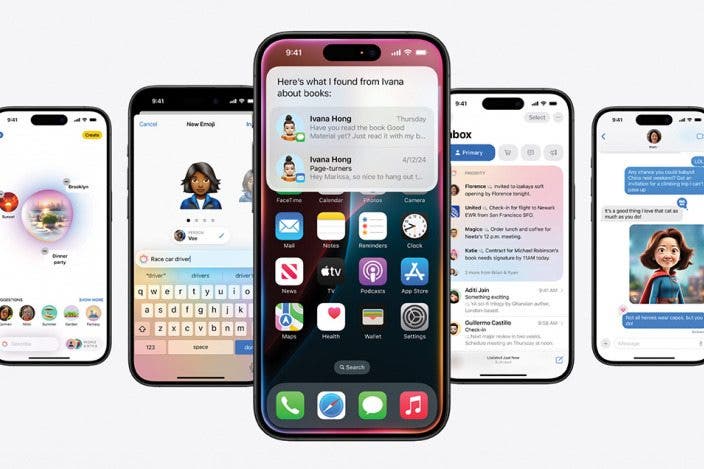
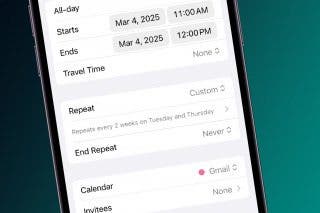
 Rhett Intriago
Rhett Intriago
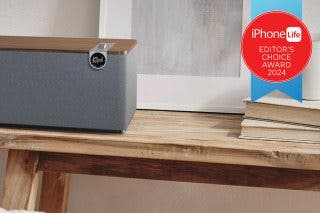
 Nicholas Naioti
Nicholas Naioti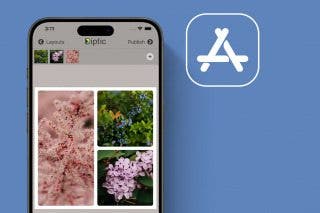
 Olena Kagui
Olena Kagui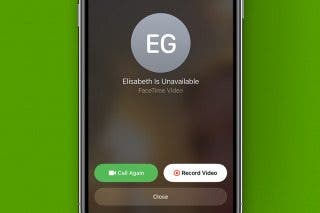
 Rachel Needell
Rachel Needell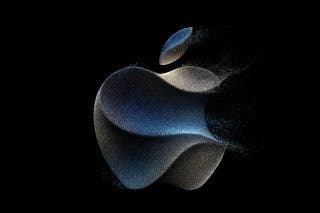
 Amy Spitzfaden Both
Amy Spitzfaden Both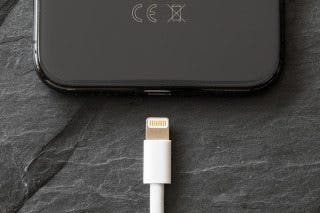
 Leanne Hays
Leanne Hays

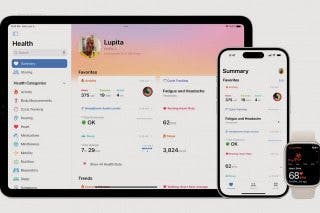
 Michael Schill
Michael Schill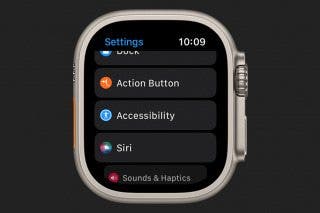
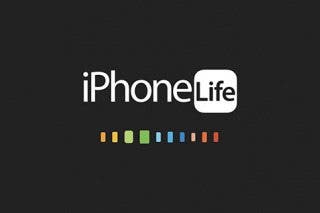
 Susan Misuraca
Susan Misuraca
